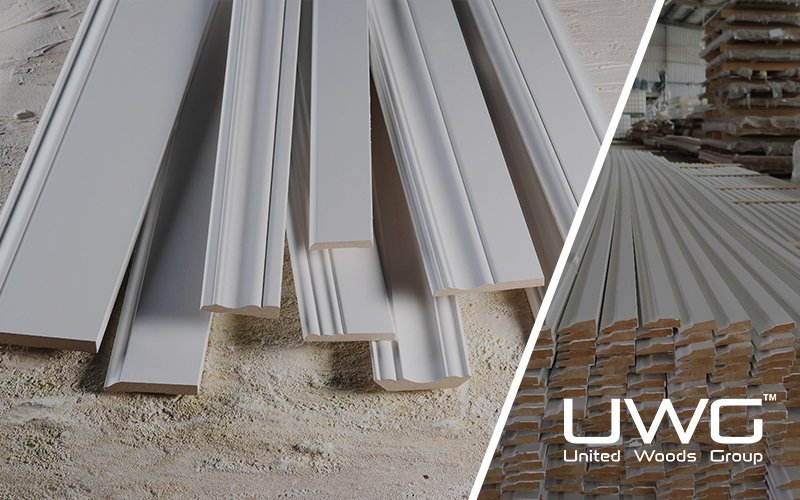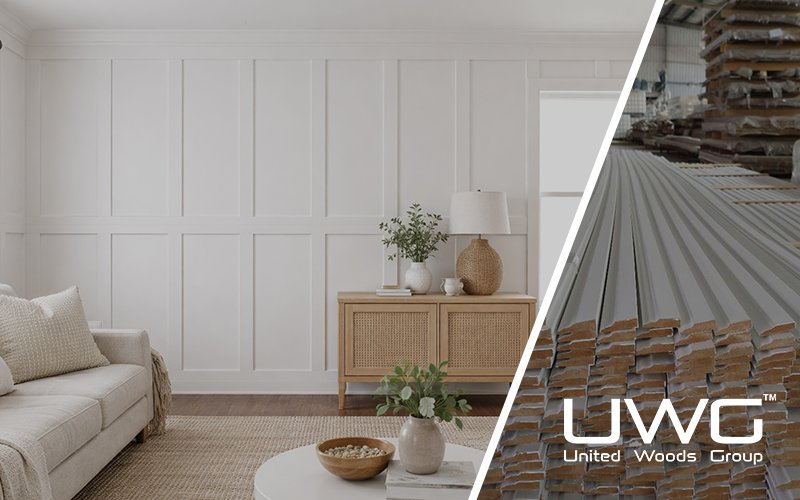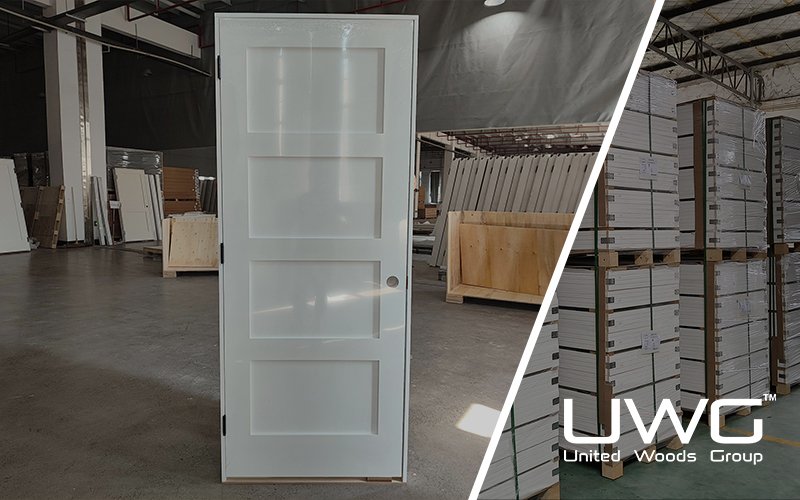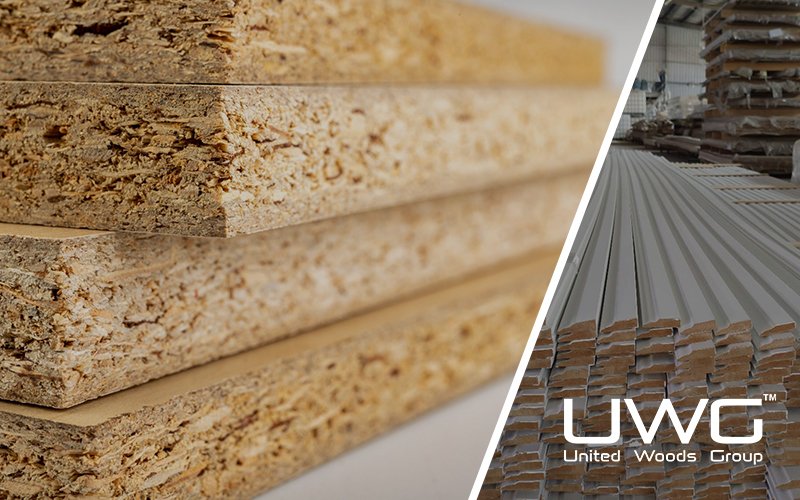Imagine you’re working on a new multi-family housing project and need to choose the right cabinet doors for the kitchens and bathrooms. There are three options: Full Overlay, Partial Overlay, and Inset. Each style has its own distinct look, and understanding the differences will ensure that your project not only meets functional requirements but also aligns with the desired aesthetic.
In short, Full Overlay doors cover most of the cabinet frame, creating a sleek, seamless appearance. This style is often favored in modern or contemporary designs, where clean lines and minimalism are key. It provides a uniform and streamlined look, making it a popular choice for upscale residential and commercial spaces, particularly in modern kitchens and bathrooms.
Partial Overlay doors leave part of the frame exposed, giving a more traditional or segmented look. This style works best in traditional or classic-style interiors. It allows the frame to show through, adding dimension and a touch of craftsmanship. Partial Overlay doors are commonly used in country-style homes or rustic spaces, where a more layered, decorative appearance is desired.
Inset doors, on the other hand, sit inside the frame, creating a classic and refined appearance with a unique, flush fit. Inset doors are ideal for vintage, antique, or high-end traditional styles. They provide a more crafted, detailed look and are often chosen for luxury homes or heritage-style projects where precision and craftsmanship are prioritized.
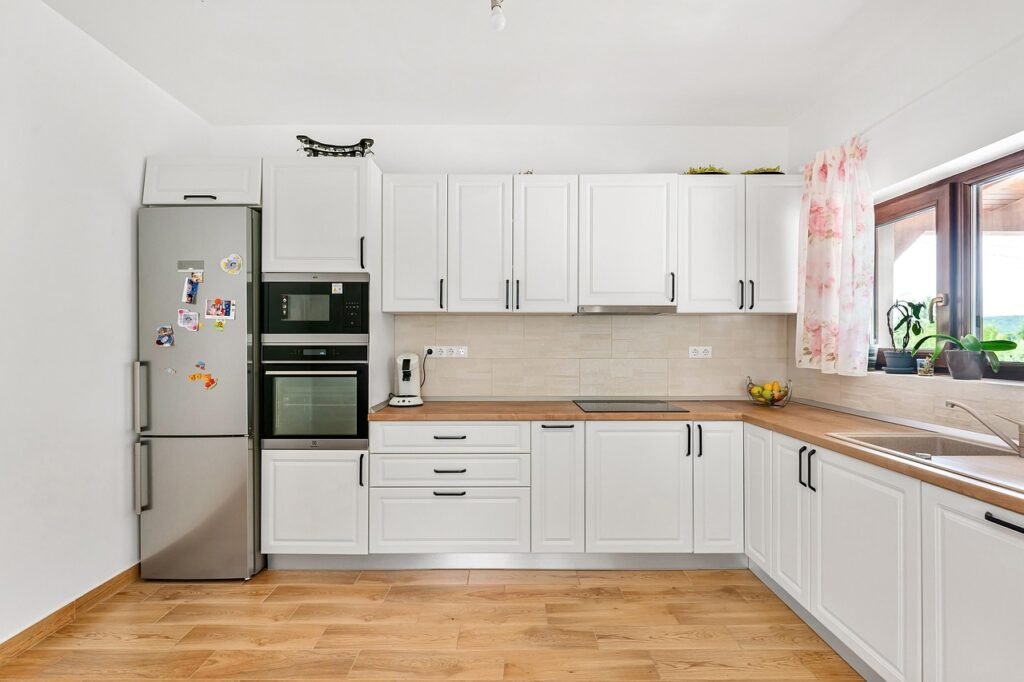
What Are Full Overlay Cabinet Doors?
Full Overlay cabinet doors are designed to cover the entire front frame of the cabinet, leaving only a small gap between adjacent doors. This style creates a seamless, contemporary look where the cabinet frame is barely visible, allowing the doors to dominate the design.
Key Features:
- Seamless Look: The most defining characteristic of full overlay doors is their seamless appearance. The doors almost cover the entire cabinet frame, leaving only a small, consistent gap between each door.
- Minimal Hardware Visibility: With this style, the hardware such as hinges is typically hidden or minimally visible, contributing to a clean and modern aesthetic. The hinge typically adopts a “straight-bend” design, which is suitable for modern minimalist or light luxury styles, emphasizing functionality with a hidden structure.
- Modern, Sleek Design: Full overlay doors are ideal for contemporary and modern kitchen designs, where smooth, uninterrupted surfaces are highly valued.
- Variety of Materials and Finishes: This door style can be used with a variety of materials such as wood, MDF, and laminate. It can also be paired with different finishes like glossy, matte, or textured surfaces to suit various design preferences.
Ideal Applications:
- Modern and Contemporary Spaces: Full overlay doors are especially popular in modern kitchens, bathrooms, and living spaces. Their clean lines and minimalistic look complement modern design trends that emphasize simplicity and sophistication.
- Luxury and High-End Projects: This style is often found in luxury homes, upscale apartments, and commercial projects where an elegant and polished aesthetic is a priority.
- Large or Spacious Rooms: Because of their sleek and uniform appearance, full overlay doors are ideal for larger kitchens or bathrooms, where their modern style can be fully appreciated.

What Are Partial Overlay Cabinet Doors?
Partial Overlay cabinet doors are designed to cover only part of the cabinet frame, leaving a visible portion of the frame exposed between each door. This creates a more traditional or classic look compared to full overlay doors, and is often chosen for spaces that require a bit more texture and dimension in the design.
Key Features:
- Exposed Frame: Unlike full overlay doors, partial overlay doors allow part of the cabinet frame to remain visible, creating a more layered and dimensional aesthetic.
- Traditional Look: The exposed frame gives a more classic or vintage feel to the cabinet, making it ideal for spaces that embrace traditional design elements.
- Visible Hardware: With partial overlay doors, the hinges and other hardware are often more visible, which can add to the overall visual interest of the space. The hinge is matched with a “medium-bend” installation method, suitable for scenarios where two cabinet doors share a common side panel, covering approximately half of the side panel’s area.
- Customizable Gaps: The space between each door can be customized to suit the overall design, allowing for a personalized touch to the project.
Ideal Applications:
- Traditional and Classic Designs: Partial overlay doors are perfect for traditional kitchens or rustic-style interiors that require a bit more texture and visual appeal. The exposed frame and visible hardware contribute to a charming, handcrafted look.
- Budget-Friendly Projects: Because partial overlay doors are less complex to manufacture than full overlay doors, they are often more affordable—making them an ideal choice for projects where cost is a key factor.
- Smaller or Cozy Spaces: The more segmented look of partial overlay doors works well in smaller kitchens or bathrooms where a little extra detail can make a big impact without overwhelming the space.

What Are Inset Cabinet Doors?
Inset cabinet doors are a distinctive style where the door is set inside the cabinet frame rather than overlaying it. This design creates a flush, detailed appearance, with the door fitting neatly within the frame, giving the cabinet a refined, tailored look. The inset style is often associated with high-end traditional design and craftsmanship.
Key Features:
- Flush Fit: The most notable characteristic of inset doors is that they sit inside the cabinet frame, creating a smooth, flush surface with no visible gaps between the door and frame.
- Classic Design: Inset doors are often chosen for traditional, vintage, or custom-style cabinets. The detailed craftsmanship involved in fitting the doors inside the frame gives them a more luxurious, bespoke appearance.
- Visible Hinges: Unlike full overlay and partial overlay doors, inset doors often have visible hinges that contribute to the cabinet’s overall aesthetic. The exposed hardware adds to the classic look, but also requires precise installation to ensure the door fits correctly. The hinge typically adopts a “large-bend” installation method, allowing for a very wide opening angle, usually 180 degrees or nearly a full 180-degree swing.
- High-Quality Craftsmanship: Inset doors typically require higher precision and craftsmanship compared to other styles, making them more labor-intensive and expensive to manufacture.
Ideal Applications:
- Luxury and Custom Designs: Inset doors are ideal for luxury homes and custom-designed cabinets where a refined, tailored look is desired. They add a sense of elegance and craftsmanship to high-end kitchens, bathrooms, and living spaces.
- Traditional and Vintage Styles: Inset doors are most commonly used in traditional, antique-style, or heritage-inspired designs where a classic, finely crafted aesthetic is crucial. They fit well with shaker, farmhouse, or French country styles.
- Projects Requiring Precision: Due to the careful measurements and precise installation needed, inset doors are suitable for projects where attention to detail and high-quality finish are essential. This style is often found in premium commercial or residential projects.
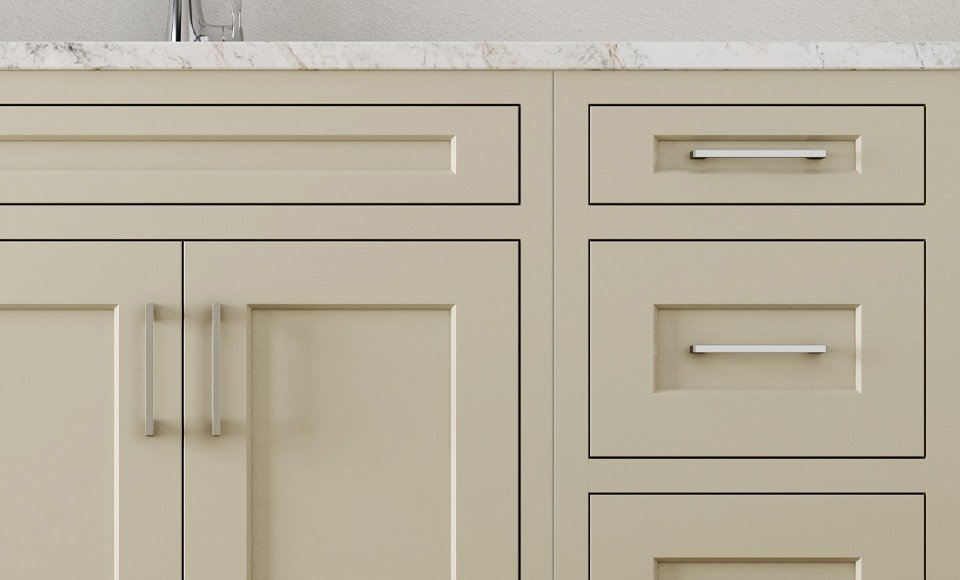
Which Door Style Works Best for Your Project?
Choosing the right door style for your project depends on several factors, including design preferences, budget constraints, and the functional requirements of the space. Understanding the strengths of each door style—Full Overlay, Partial Overlay, and Inset—can help you make an informed decision that meets both aesthetic goals and practical needs.
1. Full Overlay – Ideal for Modern and High-End Designs
If your project emphasizes sleekness and clean lines, Full Overlay doors are an excellent choice. They work best in modern or contemporary spaces where a seamless, uniform look is key. These doors are perfect for luxury homes, upscale apartments, or commercial spaces aiming for a polished, minimalistic aesthetic.
- Best for: High-end residential, commercial projects, and modern designs.
- Considerations: Higher cost due to the precision required for manufacturing. Suitable for larger kitchens or bathrooms where the clean lines of full overlay doors can make a strong visual impact.
2. Partial Overlay – Great for Traditional and Budget-Conscious Projects
If your project focuses on budget while still maintaining a classic look, Partial Overlay doors offer a great balance. They’re ideal for traditional or rustic designs, providing a more textured, dimensional appearance with a touch of craftsmanship. If you’re working on a cost-effective renovation or a multi-unit housing project, partial overlay doors can provide excellent value.
- Best for: Traditional-style homes, country or rustic interiors, and budget-conscious projects.
- Considerations: These doors offer a more segmented appearance, which may not suit ultra-modern designs. They can be a bit more affordable than full overlay doors, making them suitable for large-scale projects.
3. Inset – Perfect for Luxury, Custom, and Detailed Projects
For projects where precision and craftsmanship are paramount, Inset doors are a standout choice. They offer a refined, tailored look that is particularly well-suited to luxury homes, high-end renovations, or custom cabinetry projects. The flush, detailed fit of inset doors creates a more classic, bespoke aesthetic, making them ideal for heritage-style kitchens or premium commercial spaces.
- Best for: Custom homes, high-end residential projects, and detailed craftsmanship.
- Considerations: Inset doors are more labor-intensive to manufacture and install, making them more expensive. They require precise measurements and attention to detail, so they may not be the best fit for fast-tracked projects.

Final Thoughts:
Ultimately, the choice between Full Overlay, Partial Overlay, and Inset doors depends on your project’s specific needs. Whether you’re designing a modern commercial space, budget-friendly residential project, or luxury custom home, understanding these door styles’ differences will help you select the most suitable option for your design and functional requirements.
Conclusion: Choosing the Right Door Style for Your Project
As we discussed at the beginning, selecting the right cabinet door style isn’t just about aesthetics—it’s about making the right choice for design goals, budget constraints, and functional needs. Whether you’re leaning towards Full Overlay for its modern, seamless appeal, Partial Overlay for a more traditional, cost-effective solution, or Inset for a high-end, custom feel, each option offers unique benefits.
By understanding the key differences between these three styles, you’ll be better equipped to choose the perfect door for your project, ensuring that it meets both your visual and practical expectations. No matter the size or style of your space, the right cabinet door can elevate the entire look and feel of the room, while offering lasting durability and performance.



